 After we finished dinner, we took the metro down to the port area to take in the scene.
After we finished dinner, we took the metro down to the port area to take in the scene.I always adore the way the lights shimmer on the water at night, so it was quite a romantic spot to chat it up with my guapito!

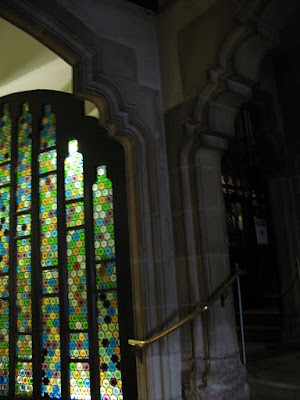
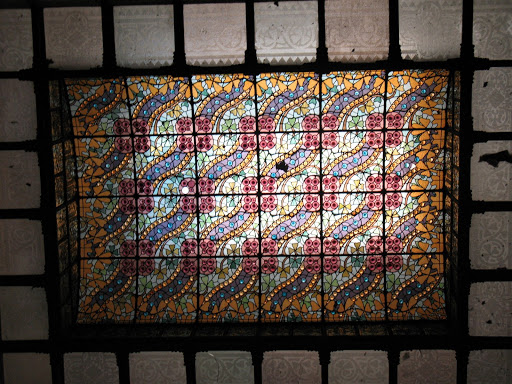

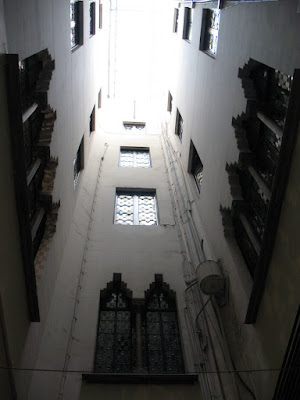
 Although the majority of the Modernist sites in Barcelona were created by Antoni Gaudí, Casa Amatller serves as an example of a contribution to the Modernist ambience by someone other than Gaudí, Josep Puig I Cadafalch. Casa Amatller is an apartment building dating to 1900 that was commissioned by Catalan chocolate manufacturer, Antoni Amatller.
Although the majority of the Modernist sites in Barcelona were created by Antoni Gaudí, Casa Amatller serves as an example of a contribution to the Modernist ambience by someone other than Gaudí, Josep Puig I Cadafalch. Casa Amatller is an apartment building dating to 1900 that was commissioned by Catalan chocolate manufacturer, Antoni Amatller.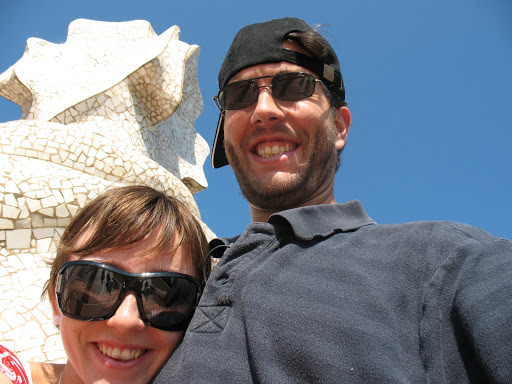

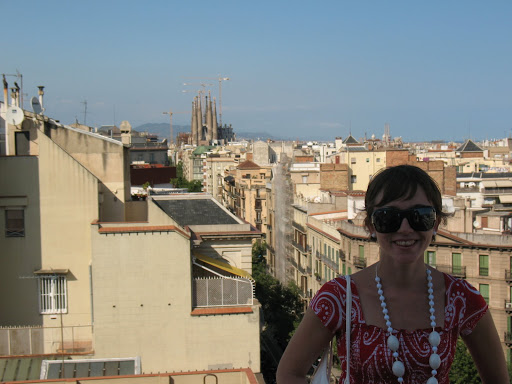




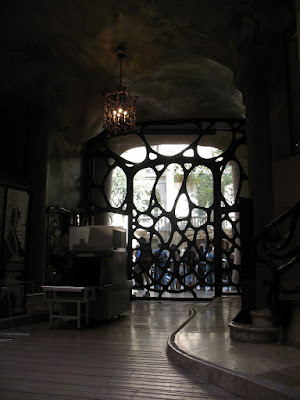
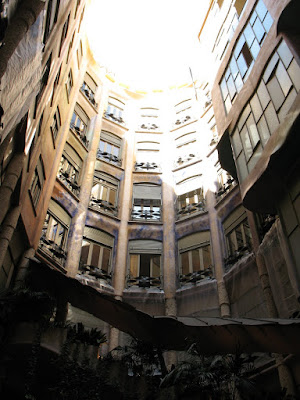
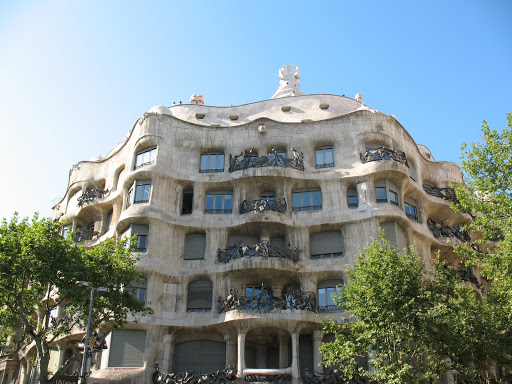 First on the to-do list for our visit was La Pedrera. Originally constructed as the Casa Milà between 1905 and 1911, what is popularly known as La Pedrera, or “The Stone Quarry,” was declared a UNESCO World Heritage Site in 1984. The rugged facade of the building is said to have been inspired by the mountain of Montserrat, while the apartments themselves resemble eroded cave dwellings.
First on the to-do list for our visit was La Pedrera. Originally constructed as the Casa Milà between 1905 and 1911, what is popularly known as La Pedrera, or “The Stone Quarry,” was declared a UNESCO World Heritage Site in 1984. The rugged facade of the building is said to have been inspired by the mountain of Montserrat, while the apartments themselves resemble eroded cave dwellings. Since our days in Spain were numbered, we had to cram in our last two trips before leaving for the States in July. After tackling Madrid, we went back to Sevilla to rest for a couple of days before leaving again for Barcelona. It was a hectic couple of weeks but well worth it!
Since our days in Spain were numbered, we had to cram in our last two trips before leaving for the States in July. After tackling Madrid, we went back to Sevilla to rest for a couple of days before leaving again for Barcelona. It was a hectic couple of weeks but well worth it!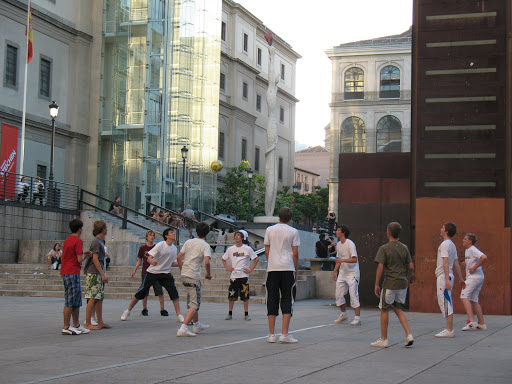 After walking from one room to another in the museum, our feet decidedly needed a rest. Given that we had a little while before we had to be back at the train station, we grabbed a quick bocadillo and plopped in the plaza directly in front of the museum to catch an impromptu soccer game. Ya gotta love Spain for its aficionados of fútbol!
After walking from one room to another in the museum, our feet decidedly needed a rest. Given that we had a little while before we had to be back at the train station, we grabbed a quick bocadillo and plopped in the plaza directly in front of the museum to catch an impromptu soccer game. Ya gotta love Spain for its aficionados of fútbol!
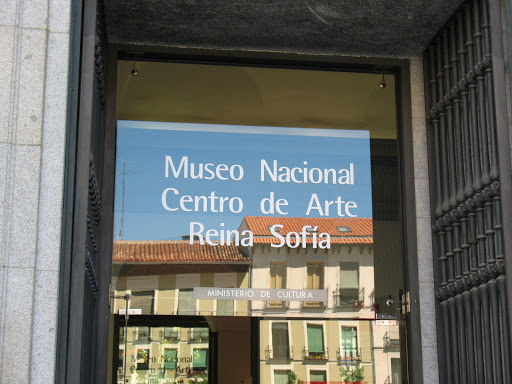
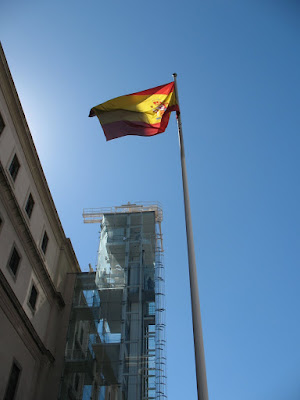




 Housed in a building that once served as an 18th century hospital, the Centro de Arte Reina Sofía is Spain’s most prominent collection of modern Spanish art, dating from the 20th century to the 1980s.
Housed in a building that once served as an 18th century hospital, the Centro de Arte Reina Sofía is Spain’s most prominent collection of modern Spanish art, dating from the 20th century to the 1980s.
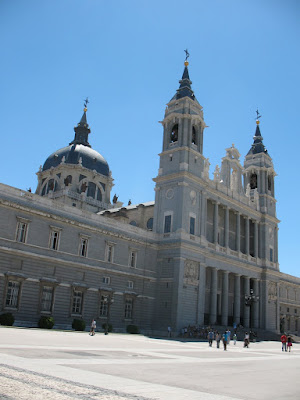

 The Palacio Real, or the Royal Palace, was designed by Italian architect Filippo Juvara and then later finished in 1764 by another Italian, Giovanni Battista Sacchetti. As a result, the building is marked by its Italianate baroque colossus with approximately 2800 rooms.
The Palacio Real, or the Royal Palace, was designed by Italian architect Filippo Juvara and then later finished in 1764 by another Italian, Giovanni Battista Sacchetti. As a result, the building is marked by its Italianate baroque colossus with approximately 2800 rooms.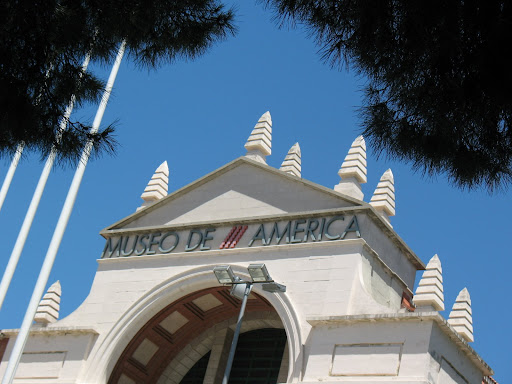
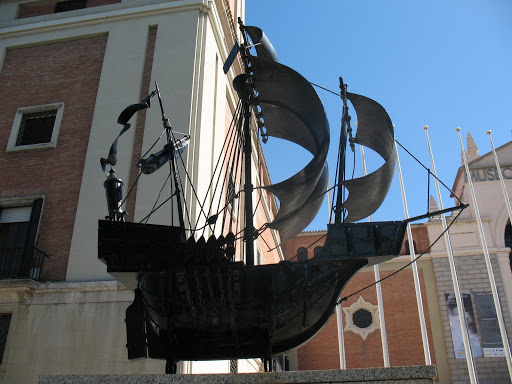



 Although it may seem a distant history, Spain was once one of the most powerful countries in Europe, ruling a vast empire overseas in the Americas. During the 15th century, Spanish vessels began to cross the Atlantic Ocean carrying missionaries and conquistadors alike to explore territories previously uncharted by Europeans. As a result of the encounter between the Spanish and the Amerindians, many sacred artifacts were pillaged from the original indigenous inhabitants of the Americas and carted off to showcase for the European nobility.
Although it may seem a distant history, Spain was once one of the most powerful countries in Europe, ruling a vast empire overseas in the Americas. During the 15th century, Spanish vessels began to cross the Atlantic Ocean carrying missionaries and conquistadors alike to explore territories previously uncharted by Europeans. As a result of the encounter between the Spanish and the Amerindians, many sacred artifacts were pillaged from the original indigenous inhabitants of the Americas and carted off to showcase for the European nobility. In the southwest corner of the Parque del Buen Retiro, the government planted a quite moving memorial, el Bosque de los Ausentes (Forest of the Absent).
In the southwest corner of the Parque del Buen Retiro, the government planted a quite moving memorial, el Bosque de los Ausentes (Forest of the Absent).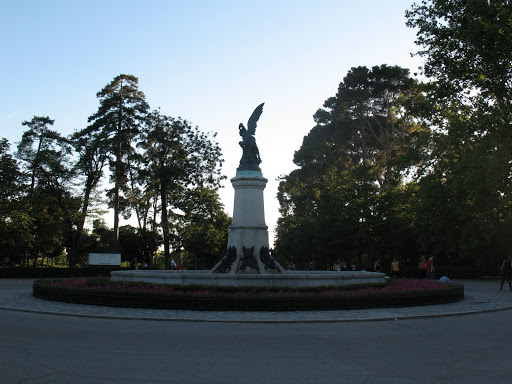

 Of all the monuments in the Parque del Buen Retiro, perhaps one of the most interesting is the statue of El Ángel Caído (the Fallen Angel, aka Lucifer).
Of all the monuments in the Parque del Buen Retiro, perhaps one of the most interesting is the statue of El Ángel Caído (the Fallen Angel, aka Lucifer).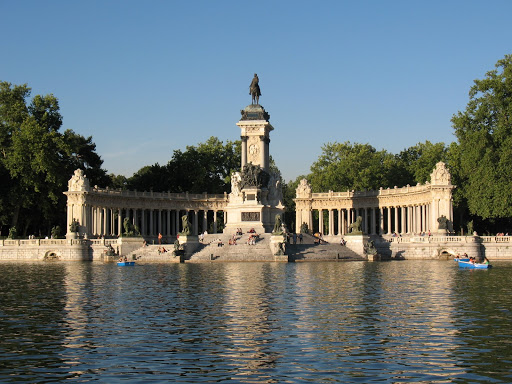 Although it once served as the private gardens of the royal family and their intimates, the Parque del Buen Retiro is now open to everyone. Although the park boasts of marble monuments, landscaped greenery, and elegant buildings, its most popular feature is the artificial lake in the middle of the park where crowds gather to ward off the Spanish heat.
Although it once served as the private gardens of the royal family and their intimates, the Parque del Buen Retiro is now open to everyone. Although the park boasts of marble monuments, landscaped greenery, and elegant buildings, its most popular feature is the artificial lake in the middle of the park where crowds gather to ward off the Spanish heat.
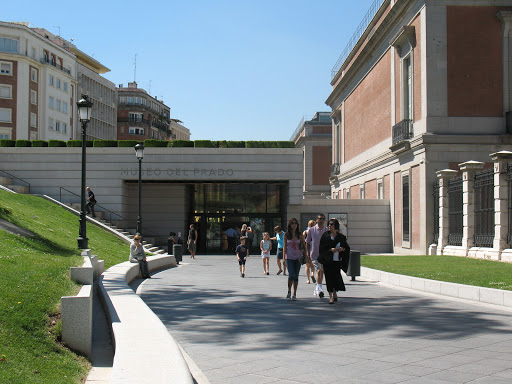
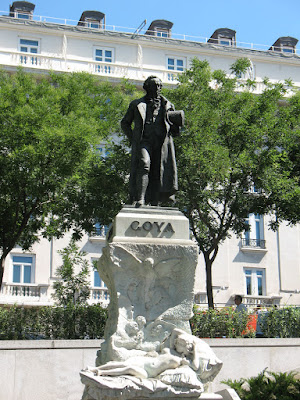
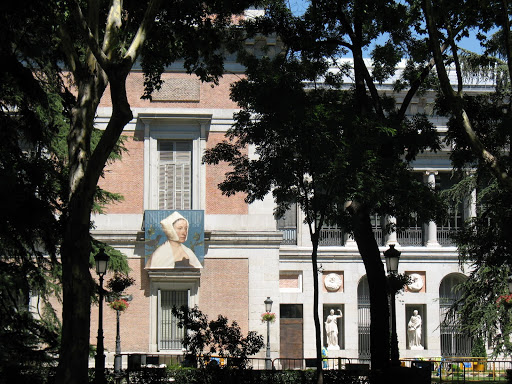



 Located in the heart of Madrid, the Museo del Prado boasts of one of the most extensive art galleries all over the world. With more than 7000 pieces comprising the museum's collection, the Museo del Prado serves as a window into the artisitic history of Spain. Prominent artists featured in this collection include Velázquez and Goya, among many others.
Located in the heart of Madrid, the Museo del Prado boasts of one of the most extensive art galleries all over the world. With more than 7000 pieces comprising the museum's collection, the Museo del Prado serves as a window into the artisitic history of Spain. Prominent artists featured in this collection include Velázquez and Goya, among many others.